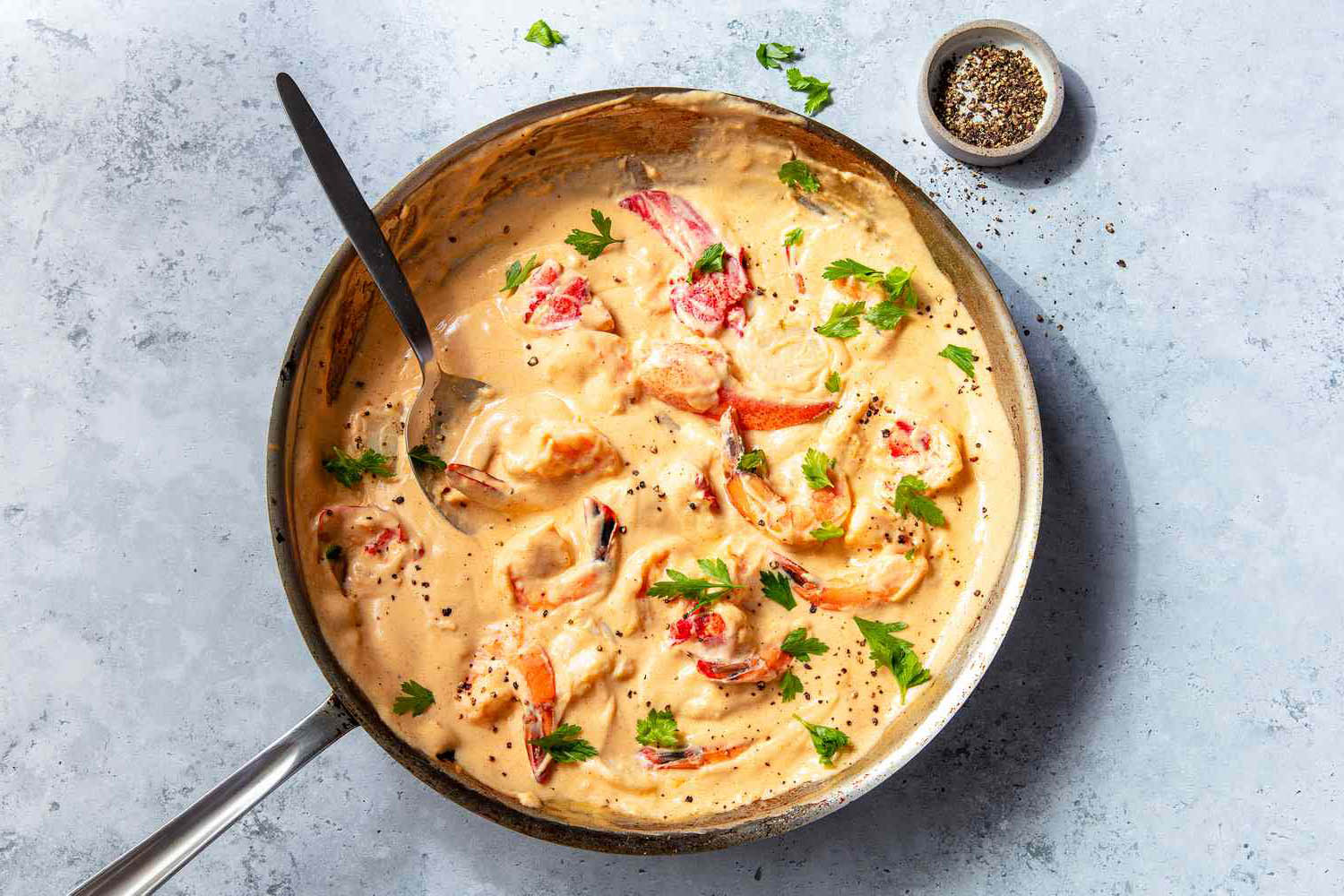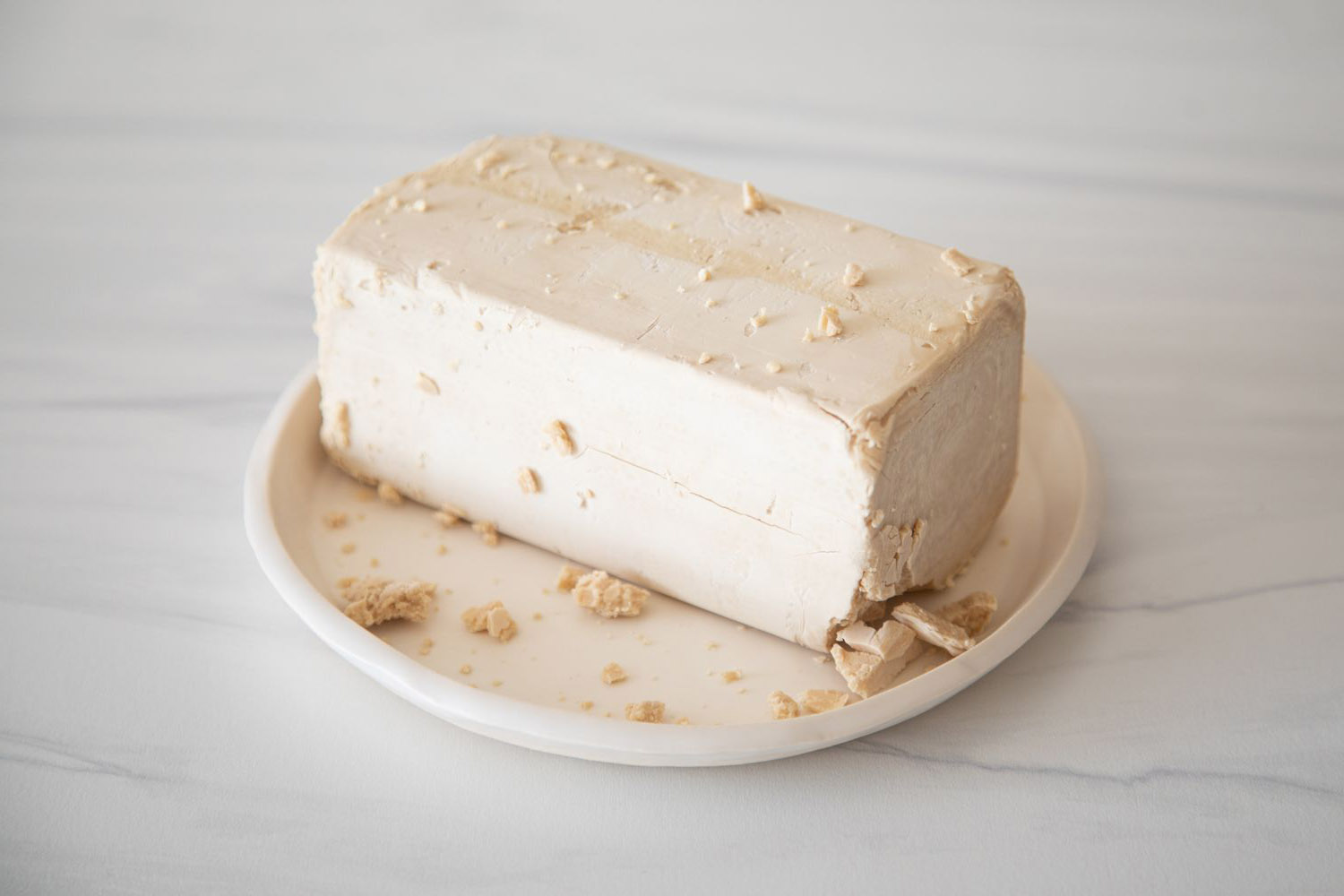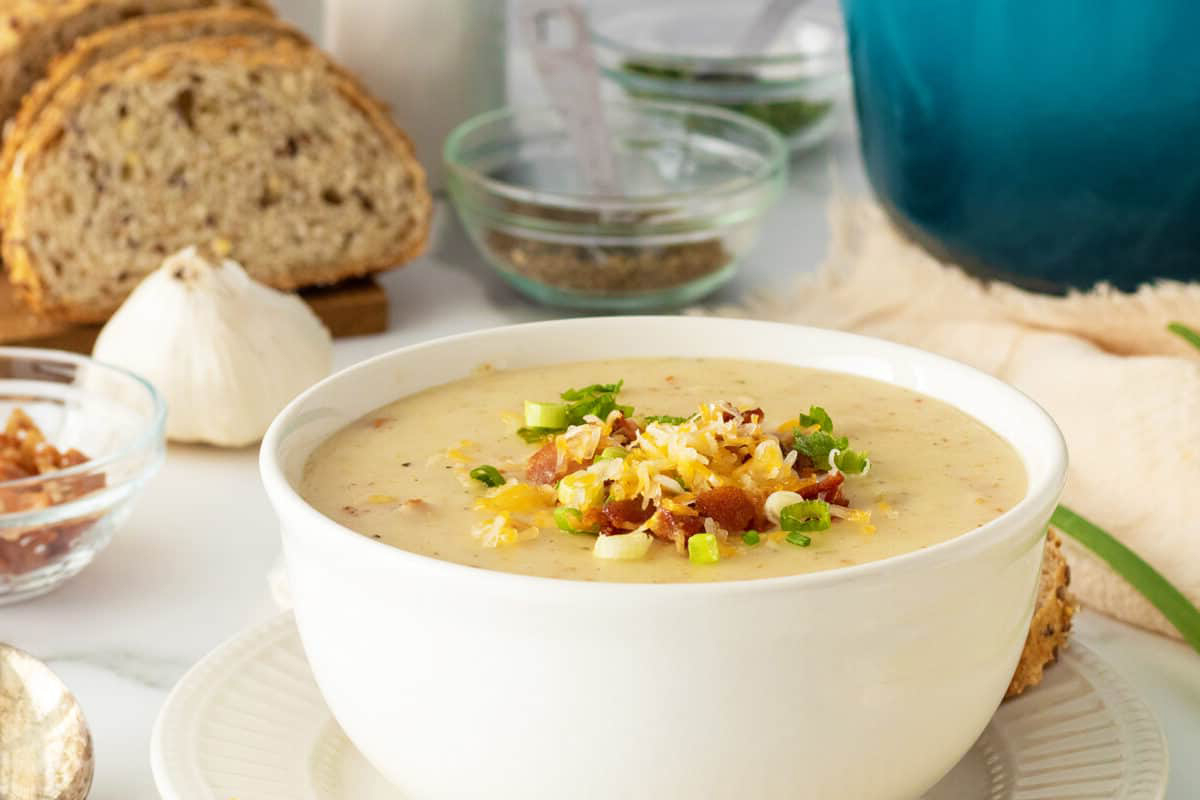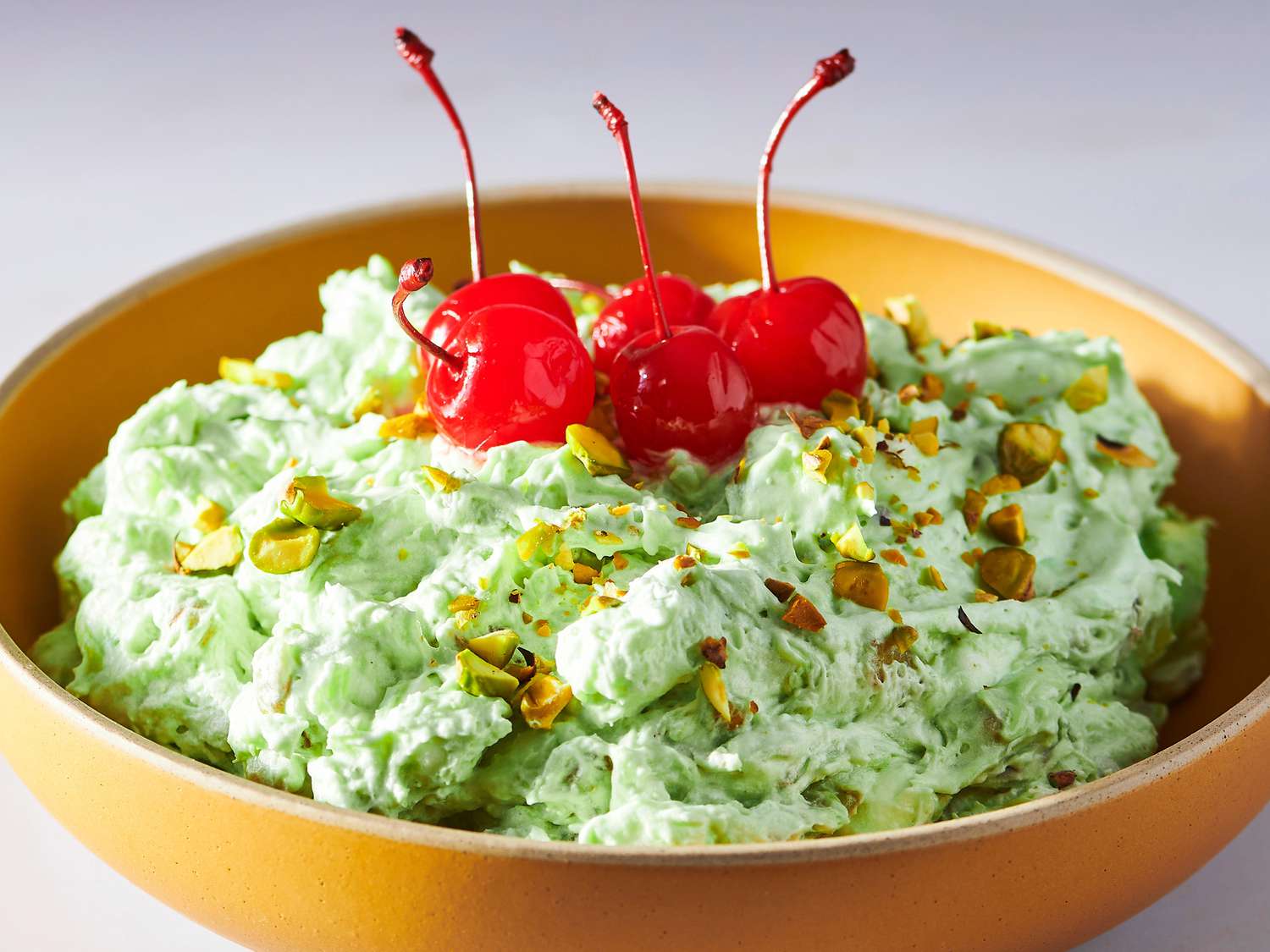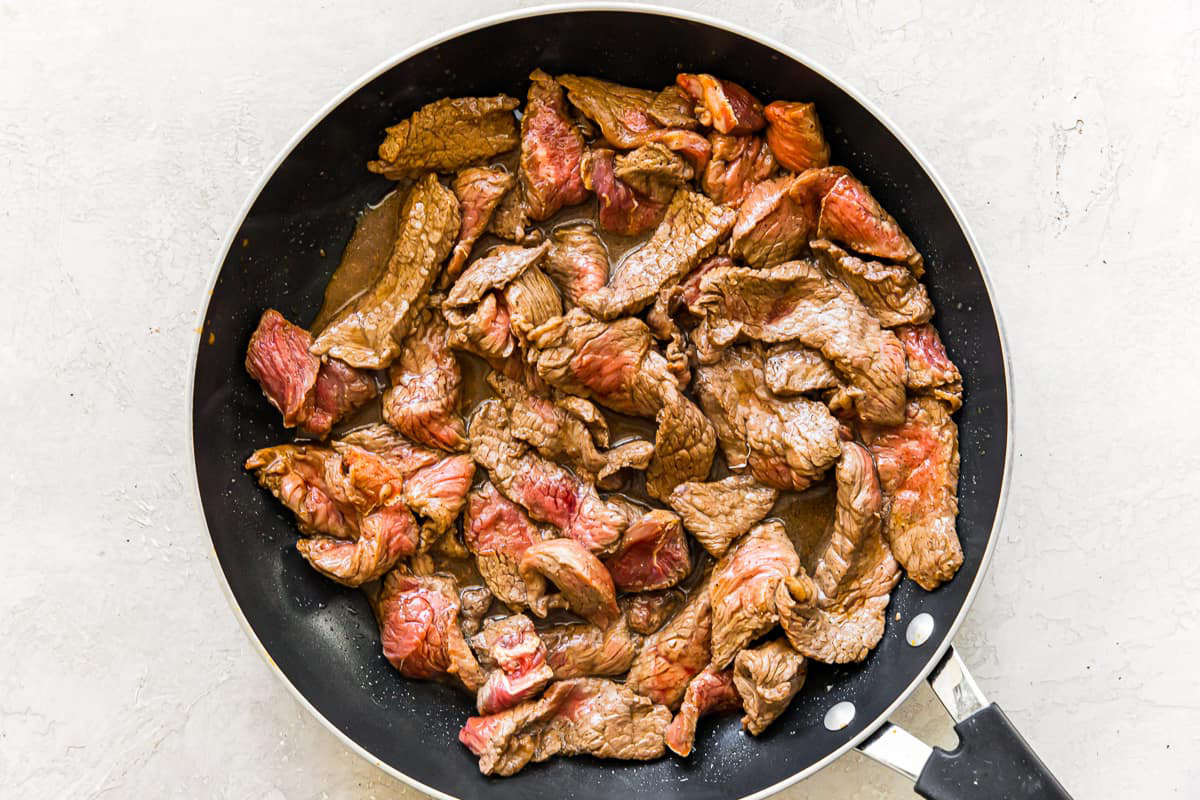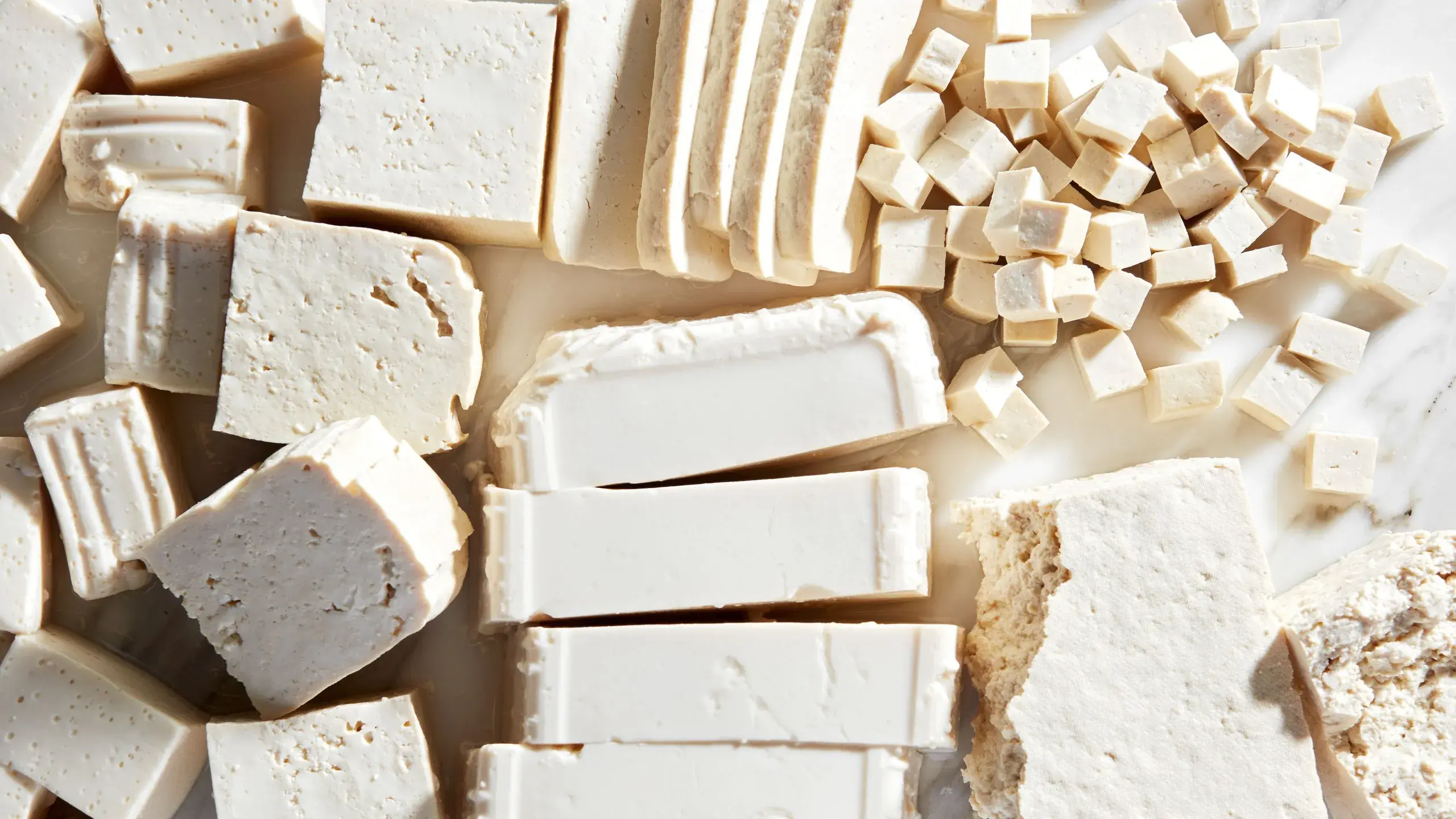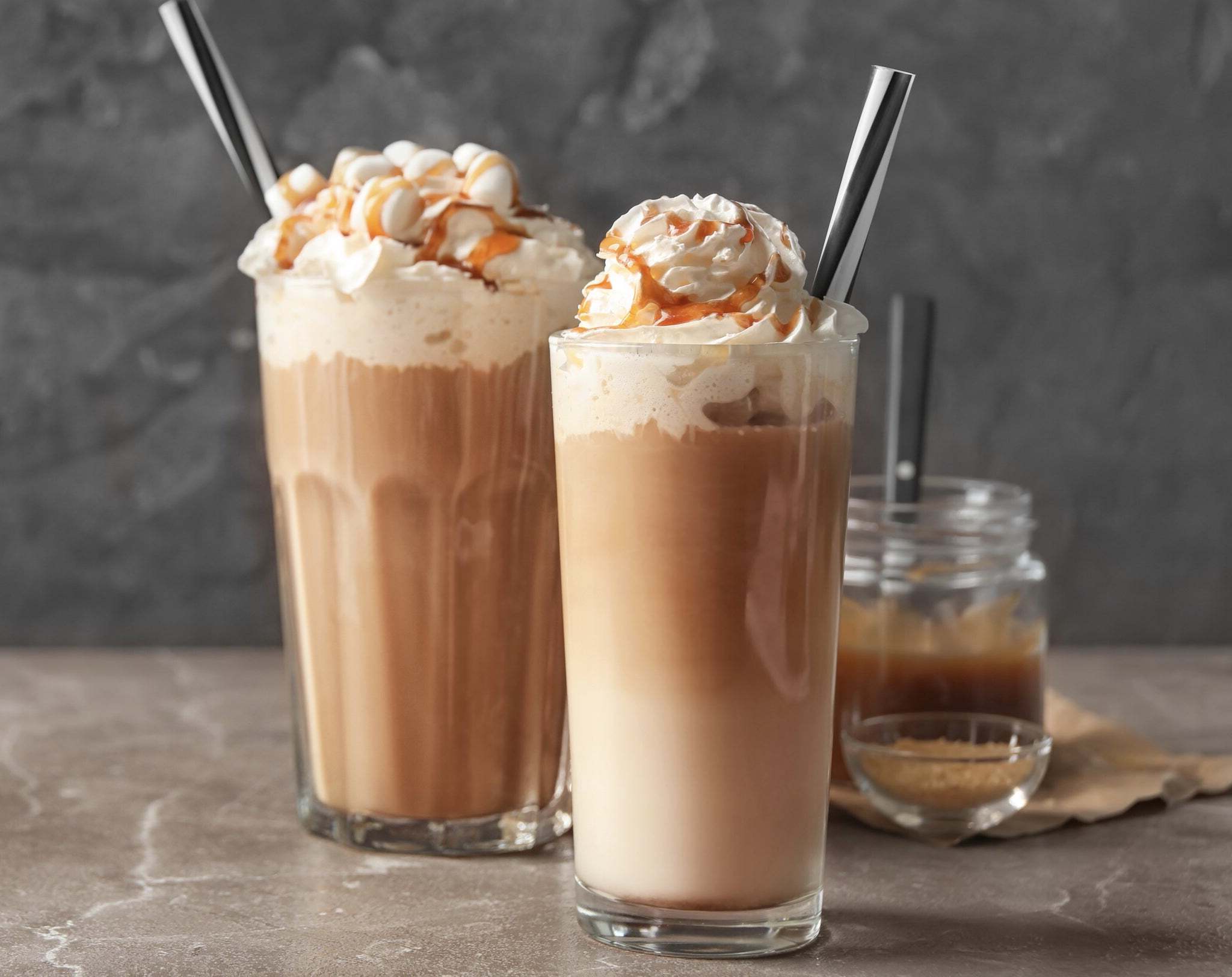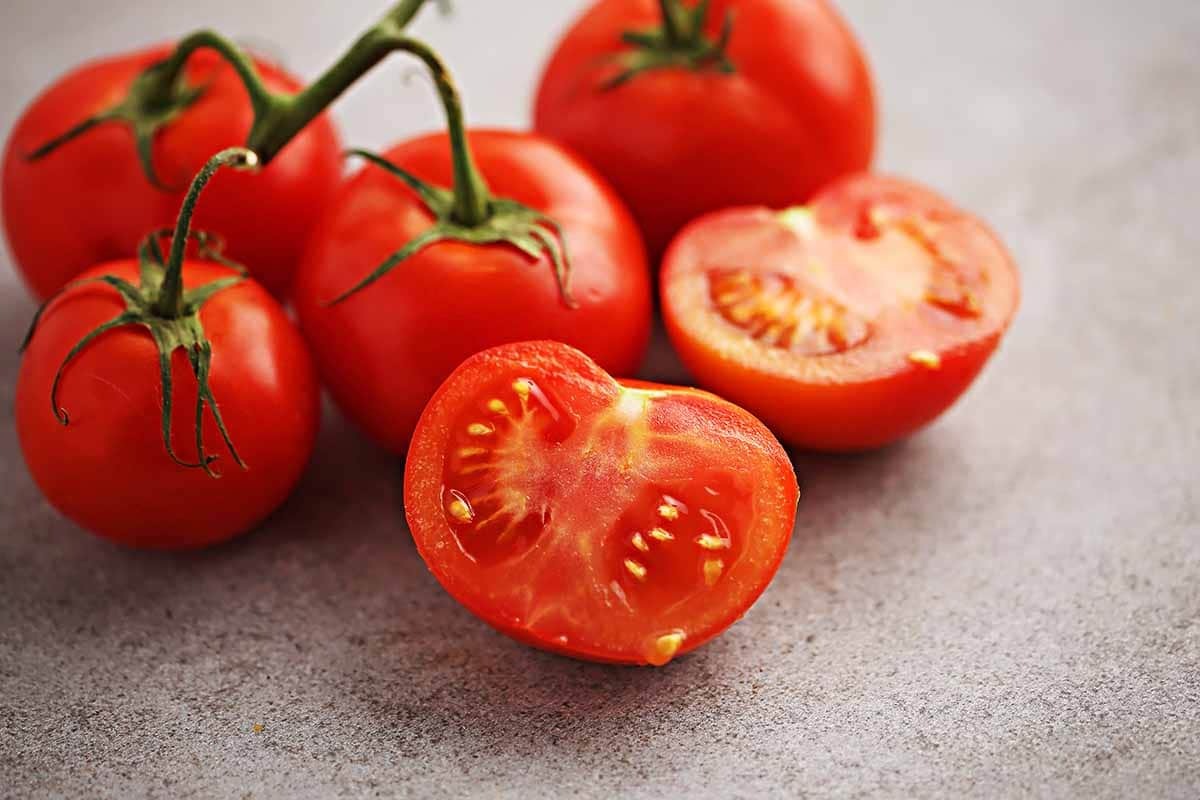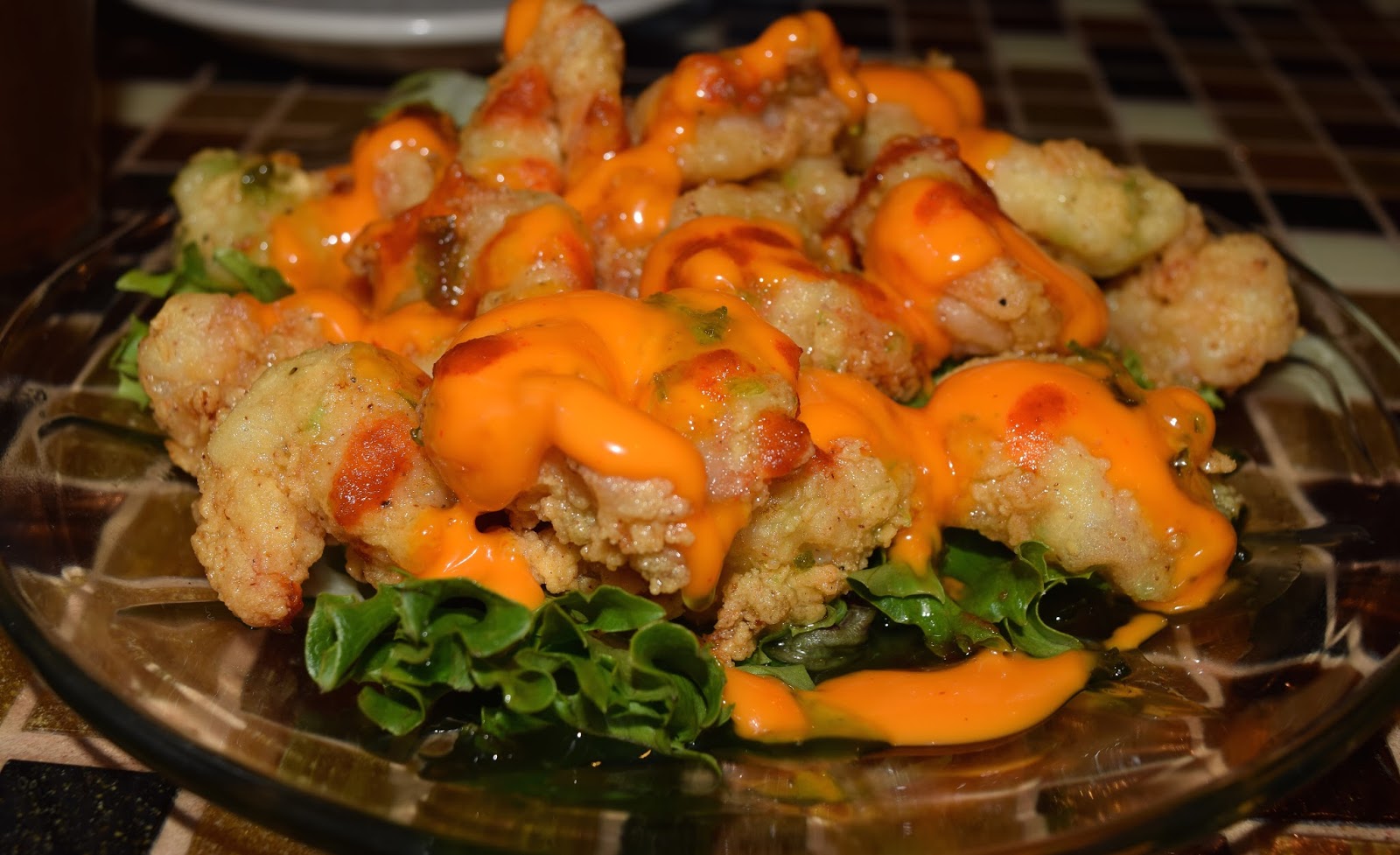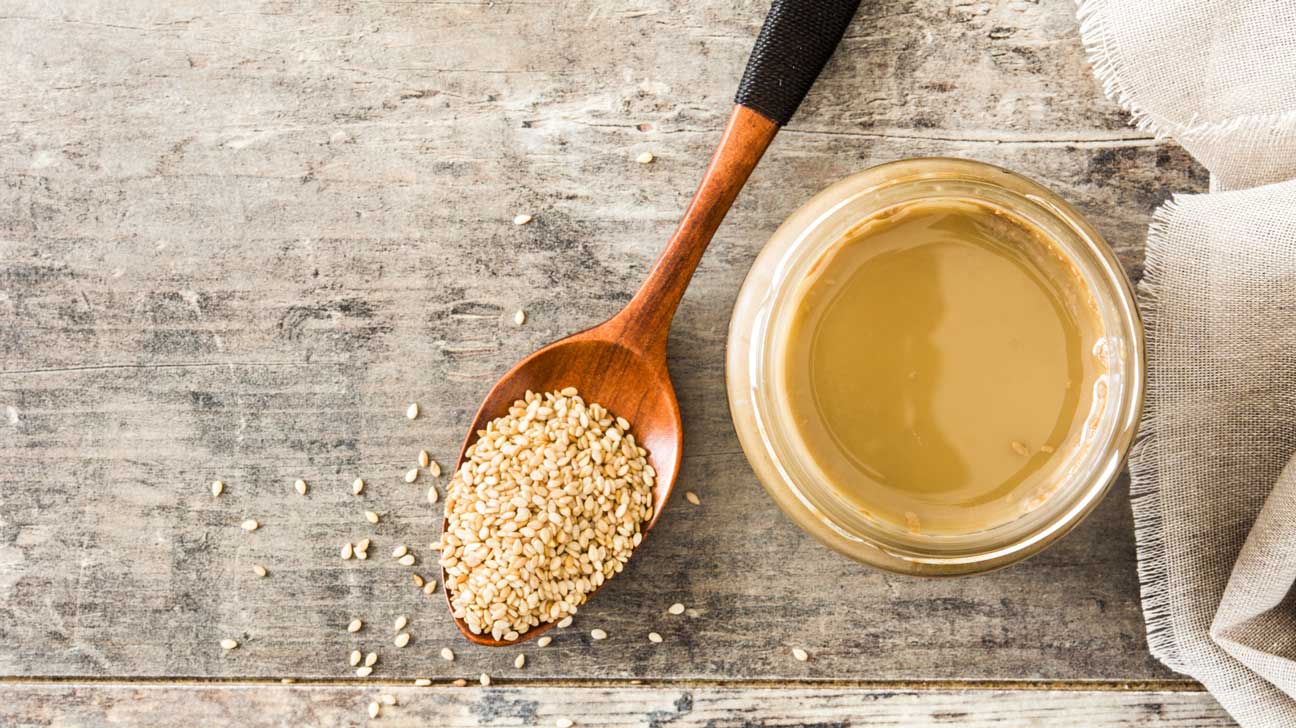Discovering the Delightful World of Persian Rice
When it comes to rice, there are countless varieties and cooking styles that are cherished around the world. One such variety that stands out for its unique flavor and cooking method is Persian rice. Let’s delve into the delightful world of Persian rice and uncover what makes it so special.
The Basics of Persian Rice
Persian rice, also known as Chelow, is a staple in Iranian cuisine and is cherished for its fluffy texture and aromatic flavor. Unlike some other types of rice, Persian rice is typically long-grain and non-sticky, making it perfect for pairing with flavorful stews and kebabs.
Key Features of Persian Rice
What sets Persian rice apart from other varieties is its signature cooking method, which involves steaming the rice to perfection. This process results in a light, fluffy texture with each grain distinct and separate from the others. Additionally, Persian rice is often adorned with a crispy, golden crust, known as tahdig, which adds a delightful crunch to the dish.
Popular Variations of Persian Rice
There are several popular variations of Persian rice, each offering its own unique twist on this beloved dish. Some of the most well-known variations include:
- Zereshk Polo: This variation features Persian rice mixed with barberries, creating a delightful sweet and sour flavor profile.
- Baghali Polo: Baghali Polo combines Persian rice with dill and fava beans, resulting in a vibrant and aromatic dish.
- Sabzi Polo: Known for its fresh and herbaceous flavor, Sabzi Polo incorporates a blend of fresh herbs such as cilantro, parsley, and dill.
How to Enjoy Persian Rice
There are countless ways to savor the deliciousness of Persian rice. Whether paired with succulent kebabs, flavorful stews, or enjoyed on its own, Persian rice is a versatile and beloved dish that can be enjoyed in various settings.
Final Thoughts
With its fluffy texture, aromatic flavor, and unique cooking method, Persian rice continues to captivate the taste buds of food enthusiasts around the globe. Whether you’re a seasoned fan of Persian cuisine or new to the world of exotic flavors, exploring the delights of Persian rice is a culinary adventure worth embarking on.
So, the next time you’re craving a taste of something extraordinary, consider indulging in the delightful world of Persian rice. Your taste buds will thank you!
Was this page helpful?
Read Next: What Is Nova Cream Cheese?
